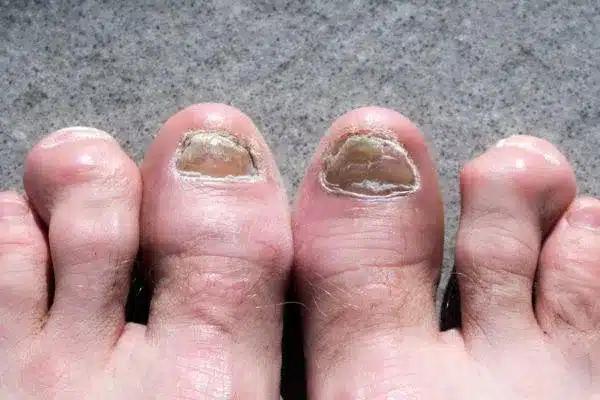Hammertoes are a common foot condition that affects many individuals, often leading to discomfort and difficulties with footwear. Understanding hammertoes—what they are, how they develop, and what causes them—is essential for anyone looking to maintain foot health and alleviate pain. In this post, we will provide an overview of hammertoes, including their definition, causes, and developmental process.
What Are Hammertoes?
Hammertoes refer to a deformity of the toes in which one or more of the toe joints bend abnormally, resembling a hammer. This condition typically affects the second, third, or fourth toes and can result in the affected toe being bent at the middle joint. Hammertoes may be flexible at first, but over time, they can become rigid and painful, making it challenging to find comfortable footwear.
How Do Hammertoes Develop?
The development of hammertoes is often a gradual process that can result from various factors. Here’s how they typically develop:
- Imbalance of Muscle and Tendon: Hammertoes are primarily caused by an imbalance between the muscles and tendons that control the toe movements. When certain muscles become stronger or tighter than others, it can pull the toe into an abnormal position.
- Improper Footwear: Wearing shoes that are too tight, narrow, or high-heeled can contribute to the development of hammertoes. Such footwear can place excessive pressure on the toes, causing them to bend unnaturally over time.
- Genetics: A family history of foot problems can increase the likelihood of developing hammertoes. Genetic predisposition can play a significant role in foot structure and functionality.
- Underlying Conditions: Certain medical conditions, such as arthritis, diabetes, and neuromuscular disorders, can increase the risk of developing hammertoes by affecting the nerves and muscles in the feet.
- Foot Structure: Individuals with flat feet or high arches may be more prone to developing hammertoes. Abnormal foot mechanics can contribute to muscle imbalances and increase pressure on the toes.
Causes of Hammertoes
Understanding the specific causes of hammertoes is crucial for effective prevention and management. Here are some of the most common contributors:
- Improper Footwear Choices: As mentioned earlier, wearing shoes that do not fit properly can lead to hammertoes. Shoes that crowd the toes or do not provide adequate support can exacerbate the condition.
- Age: As we age, the ligaments and tendons in our feet can lose elasticity, making hammertoes more likely to develop.
- Injury or Trauma: Previous injuries to the toes or feet can affect their alignment and contribute to the development of hammertoes.
- Repetitive Stress: Activities that involve repetitive motions, such as running or dancing, can increase the risk of hammertoes due to constant stress on the toe joints.
Recognising Hammertoes
Identifying hammertoes in their early stages is essential for effective management. Look for the following signs:
- A bent or curled appearance of one or more toes.
- Pain or discomfort in the affected toe(s), especially when wearing shoes.
- Redness or irritation around the toe joints.
- Calluses or corns on the tops of the toes due to rubbing against shoes.
Conclusion
Hammertoes are a common foot deformity that can lead to discomfort and difficulties with footwear. Understanding what hammertoes are, how they develop, and their causes can empower you to take proactive steps in managing or preventing this condition.
If you or a loved one is experiencing symptoms of hammertoes, it’s important to seek professional advice. At Foot Focus, our team of specialists is here to provide personalised care and treatment options to help you achieve optimal foot health. Don’t let hammertoes hold you back—contact us today to schedule an appointment and take the first step towards relief!

